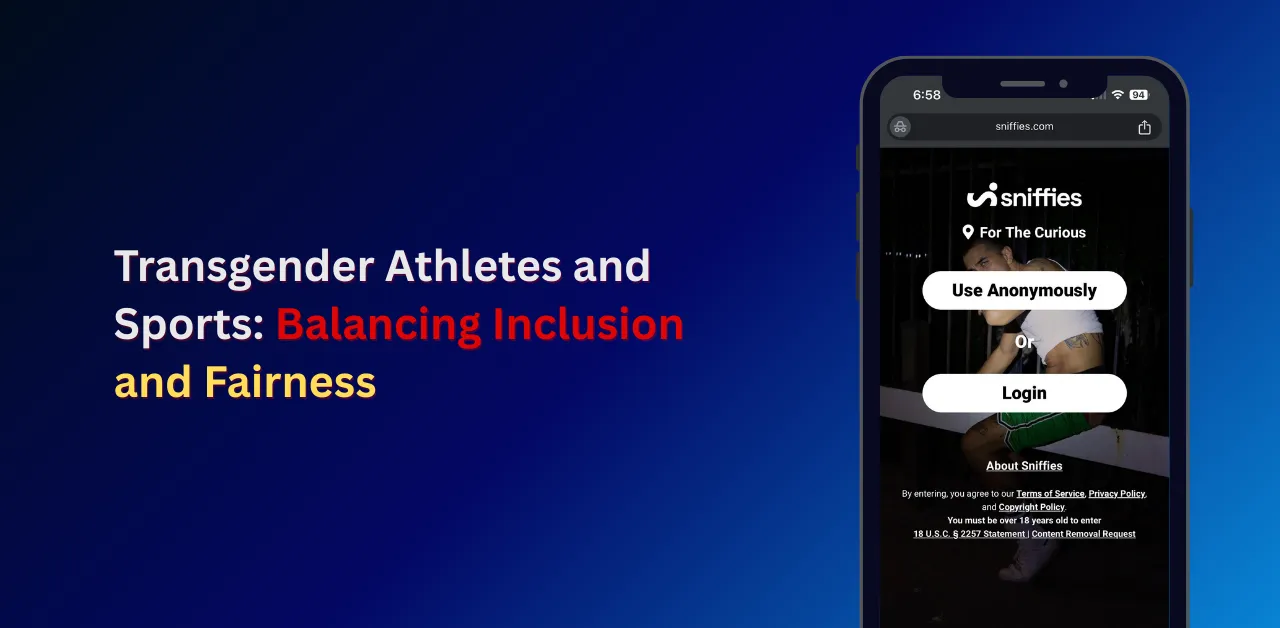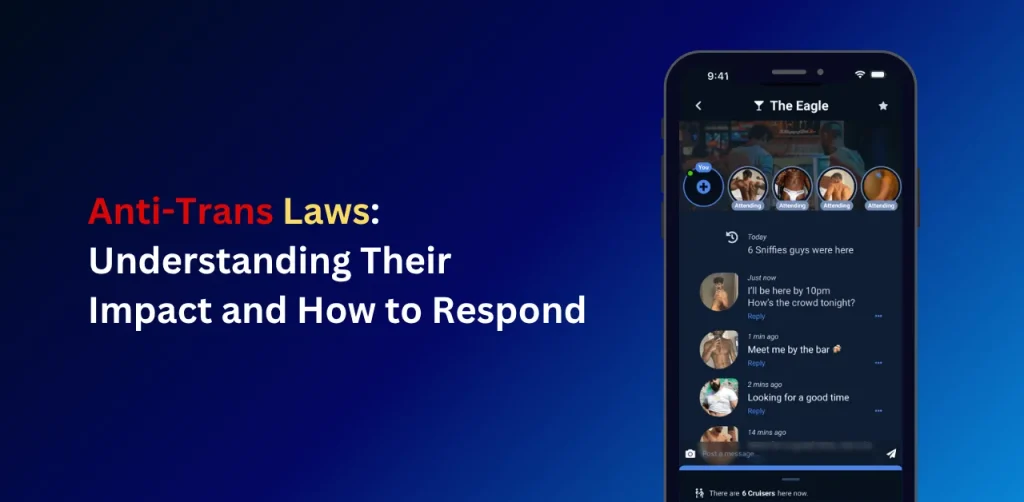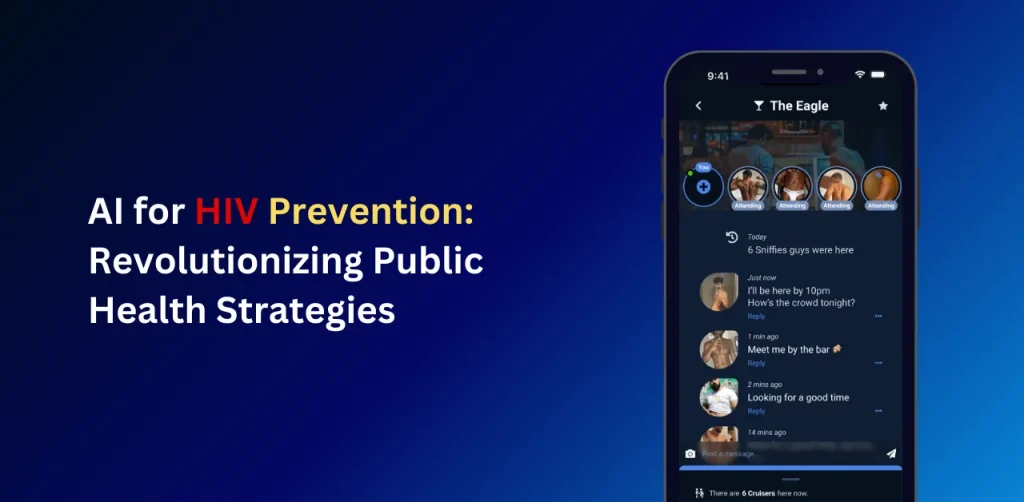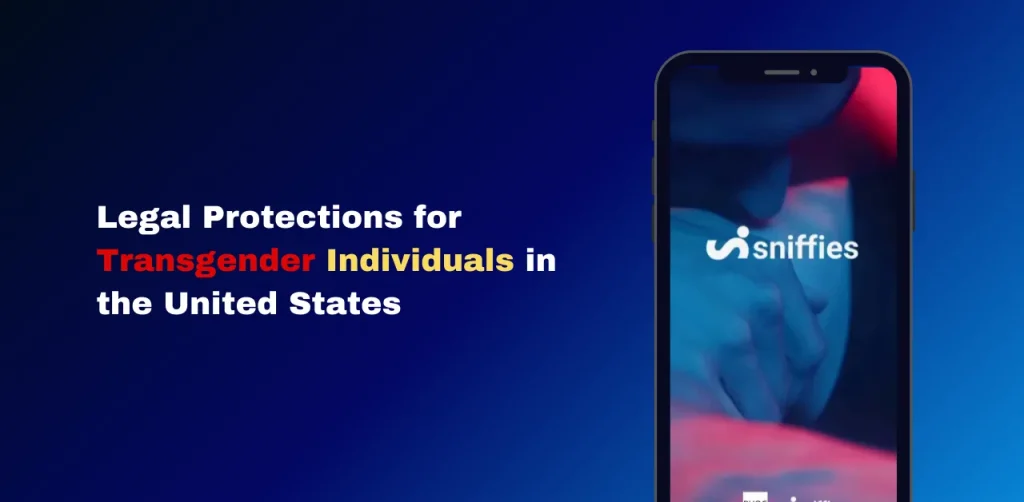Transgender Athletes and Sports | Fairness & Safety

Should transgender athletes compete based on gender identity or sex assigned at birth? This question sparks heated debates, with 27 U.S. states banning transgender youth from school sports and the IOC leaving rules to individual sports. Our guide dives into the science, policies, and real-world impacts to clarify this complex issue. Learn how inclusion of transgender athletes in sports affects fairness, safety, and opportunities in sports, and discover balanced solutions for all athletes.
Transgender Athletes in sports & Performance
Physiological Differences and Testosterone
Testosterone drives many male athletic advantages, like muscle mass and strength, which can persist after hormone therapy. Studies show:
However, not all advantages are clear-cut. Transgender girls on puberty blockers have negligible testosterone levels, reducing any edge.
Puberty’s Role
Puberty creates lasting differences like height and bone structure, which hormone therapy cannot reverse. For example, trans women who undergo male puberty may retain advantages in sports like basketball, where height matters. Yet, in sports like swimming, performance gaps narrow after hormone therapy, as seen with Lia Thomas, whose 500-yard freestyle time was 9.18 seconds off the NCAA record.
Current Policies on Transgender Athletes
Global and National Regulations
- International Olympic Committee (IOC): Allows individual sports federations to set rules. Trans women must maintain testosterone below 10 nmol/L for 12 months.
- World Athletics: Bans trans women who experienced male puberty from female World Rankings competitions since March 2023.
- U.S. State Laws: 27 states have banned transgender youth from school sports, citing fairness. California, however, permits competition based on gender identity.
Legal Challenges
- Hecox v. Little (Idaho): A 2020 ban on trans athletes was blocked for violating Title IX and the Equal Protection Clause.
- West Virginia v. B.P.J.: Challenges a 2021 ban, arguing it discriminates against trans youth.
Balancing Fairness and Inclusion
Arguments for Inclusion
- Mental and Physical Health: Sports participation reduces depression and improves grades for transgender youth.
- Low Representation: Trans women make up less than 1% of NCAA athletes, debunking claims of “domination.”
- Support from Advocates: Billie Jean King and the Women’s Sports Foundation back inclusive policies.
Arguments for Restrictions
- Competitive Fairness: Residual strength and speed advantages may persist, impacting cisgender women’s opportunities.
- Safety Concerns: In contact sports like rugby, physical differences raise safety risks.
- Public Opinion: 66% of U.S. adults support sex-based team assignments.
Innovative Solutions
To foster inclusivity and fairness in sports, strategies like unisex ability categories, longer hormone therapy periods, and open categories can be implemented. Unisex categories group athletes by skill or physical traits, such as height in basketball, instead of gender. Extending hormone therapy beyond 12 months ensures fairness for transgender athletes at elite levels. Open categories, which are non-gendered, offer a welcoming space for all athletes regardless of gender identity.
Why Transgender Athletes in Sports Matter
The inclusion of transgender athletes in sports is a polarizing topic, blending issues of fairness, inclusion, and safety. With 66% of U.S. adults favoring policies requiring athletes to compete based on their sex assigned at birth, yet strong advocacy for inclusion from groups like the ACLU, the debate is far from settled. This article explores the science behind athletic performance, current policies, and practical solutions to ensure sports remain fair and inclusive for all.
We also have an article on LGBTQ Athletes Challenges and Triumphs in Sports
Real-World Impacts: Stories from the Field
- Lia Thomas: Won an NCAA swimming title in 2022 but faced backlash. Her times were slower post-transition, showing hormone therapy’s impact.
- AB Hernandez: A California trans high jumper sparked debate after competing in girls’ events, leading to federal pressure on the state.
- Terry Miller and Andraya Yearwood: Connecticut trans sprinters won 15 state titles, prompting lawsuits from cisgender athletes.
These cases highlight the need for clear, consistent policies that prioritize both fairness and inclusion.
Practical Tips for Stakeholders
- For Athletes:
- Understand your sport’s transgender policies via governing bodies like the IOC or NCAA.
- Consult medical professionals about hormone therapy’s effects on performance.
- Advocate for inclusive, fair solutions in your league.
- For Coaches and Administrators:
- Stay updated on legal changes, like the Supreme Court’s upcoming rulings.
- Foster inclusive team environments while addressing fairness concerns.
- Explore ability-based categories for non-elite sports.
- For Policymakers:
- Base rules on scientific evidence, not assumptions.
- Engage athletes and experts in policy development.
- Consider sport-specific needs rather than blanket bans.
What rules apply to transgender athletes?
The IOC allows transgender women in female categories if testosterone is below 10 nmol/L for 12 months. The NCAA (2025) restricts women’s sports to those assigned female at birth.
Do transgender athletes have an advantage?
Hormone therapy aligns transgender women’s strength with cisgender women’s after 1-2 years, but some advantages, like endurance, may linger. More research is needed.
Why is this topic controversial?
Some U.S. states allow it; 27 ban transgender girls. Inclusive policies show no widespread issues.
Can transgender youth compete?
Some U.S. states allow it; 27 ban transgender girls. Inclusive policies show no widespread issues.
Conclusion
Transgender athletes in sports require policies that balance inclusion, fairness, and safety. While testosterone suppression reduces some advantages, lasting effects from puberty demand nuanced rules. Solutions like unisex categories or extended hormone therapy periods can bridge the gap. By prioritizing science, stakeholder input, and athlete well-being, sports can become a space where everyone thrives.
Read more about Navigating Sniffies App Policies & Pronoun-Inclusive Email Signatures



